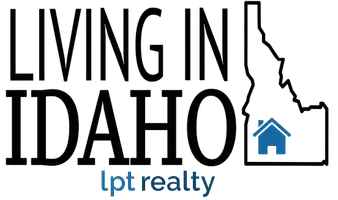
Festive Fun in Idaho’s Treasure Valley: Your 2025 Guide to Holiday Events & Activities
Festive Fun in Idaho’s Treasure Valley: Your 2025 Guide to Holiday Events & Activities The holiday season is when Idaho’s Treasure Valley truly sparkles, bringing together communities from Boise to Eagle in a celebration of warmth, wonder, and togetherness. Whether you’re a long-time local or new to

Fall Events in Boise, Idaho 2025: Popular Festivals & Hidden Gems
Fall Events in Boise, Idaho 2025: Popular Festivals & Hidden Gems As the leaves turn gold and the air grows crisp, Boise transforms into a lively hub of autumn celebrations. Whether you’re a longtime local or new to the Treasure Valley, fall 2025 brings a colorful array of events sure to spark joy a

Discover the Best of Boise Living at 3854 E Sweet Pea Court
Discover the Best of Boise Living at 3854 E Sweet Pea Court Nestled in the heart of Southeast Boise, 3854 E Sweet Pea Court offers more than just a place to live—it’s an invitation to experience the vibrant lifestyle that makes this area so beloved. Imagine waking up in a friendly, tree-lined neighb
Categories
Recent Posts










